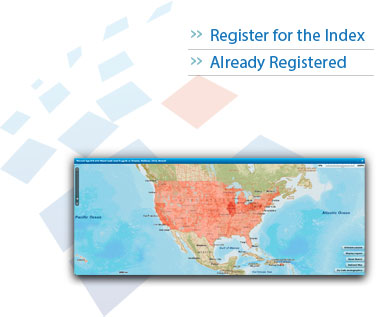



Lead Risk Index Methodology
Lead is highly toxic, especially to young children under 6. It can harm a child’s brain, kidneys, bone marrow, and other body systems. The most common source of lead exposure for children today is lead paint in older housing and the contaminated dust and soil it generates. [1] To eliminate lead poisoning problems for children, it is critical to identify communities with high lead poisoning risk, so that prevention and treatment resources can be allocated to where they are most needed. To accomplish this, we modeled lead risk metrics by the demographic risk factors of gender, race/ethnicity, age, poverty status, old housing stock, as well as county level blood lead test data using Bayesian hierarchical regression models. The model data includes the 2005–2010 National Health and Nutrition Examination Survey (NHANES) [2], and CDC’s state surveillance data on Blood lead tests. [3] We then applied the models to zip code demographics to estimate lead risk within zip codes. We aggregated the zip code estimates of lead risk to higher geographical levels—including federal and state legislative districts, metropolitan statistical areas (MSAs), counties and states—through crosswalk tables.


a founding subscriber to the Lead Risk Index.